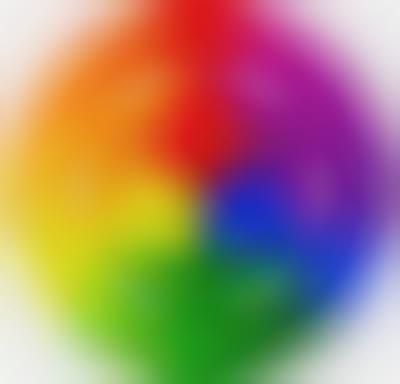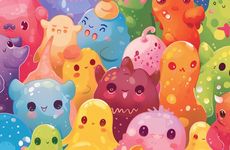
Has Seeing Red Got You Feeling Blue?
Carl Hose — February 8, 2009 — Art & Design
References: sciencemag.org & nytimes
The importance of colors and their effects on the human mind have been of interest to scientists for some time. It’s been proven that colors have a great impact on our emotions and the way we react in various situations.
Many doctors choose office colors that will relax their patients, and restaurant owners choose colors that make customers feel at home and hungry. Bright colors generally cause people to feel happier and earth tones make us feel more at ease and comfortable.
A new study shows that two colors, blue and red, produce very different thinking capabilities.
If you’re doing something that requires more creative thinking, then blue would be the color to paint the walls in your office or to have as a background on your laptop. If, on the other hand, you need to be more accurate and detail-oriented, choose red.
Bottom line, if you’re having trouble with that Great American Novel, now’s the time to grab a paintbrush and go to work on those office walls.
Many doctors choose office colors that will relax their patients, and restaurant owners choose colors that make customers feel at home and hungry. Bright colors generally cause people to feel happier and earth tones make us feel more at ease and comfortable.
A new study shows that two colors, blue and red, produce very different thinking capabilities.
If you’re doing something that requires more creative thinking, then blue would be the color to paint the walls in your office or to have as a background on your laptop. If, on the other hand, you need to be more accurate and detail-oriented, choose red.
Bottom line, if you’re having trouble with that Great American Novel, now’s the time to grab a paintbrush and go to work on those office walls.
Trend Themes
1. Influential Colors - Colors have been proven to have a great impact on emotions and reactions, leading to opportunities for creating specific environments or eliciting certain behaviors.
2. Color Psychology - Understanding the psychological effects and associations with different colors can lead to targeted marketing techniques or strategies for enhancing productivity in the workplace.
3. Customized Environments - By considering the impact of colors on people, professionals can tailor physical environments to elicit specific reactions or behaviors from those who inhabit them.
Industry Implications
1. Interior Design - Incorporating color psychology into interior design can create comfortable and effective work, healthcare, or residential spaces to enhance well-being.
2. Marketing - Using color psychology in marketing campaigns can help elicit specific responses from consumers and create a clear brand identity.
3. Education - Understanding the impact of colors on emotions and learning can help educators create effective learning environments and strategies.
3.6
Score
Popularity
Activity
Freshness























